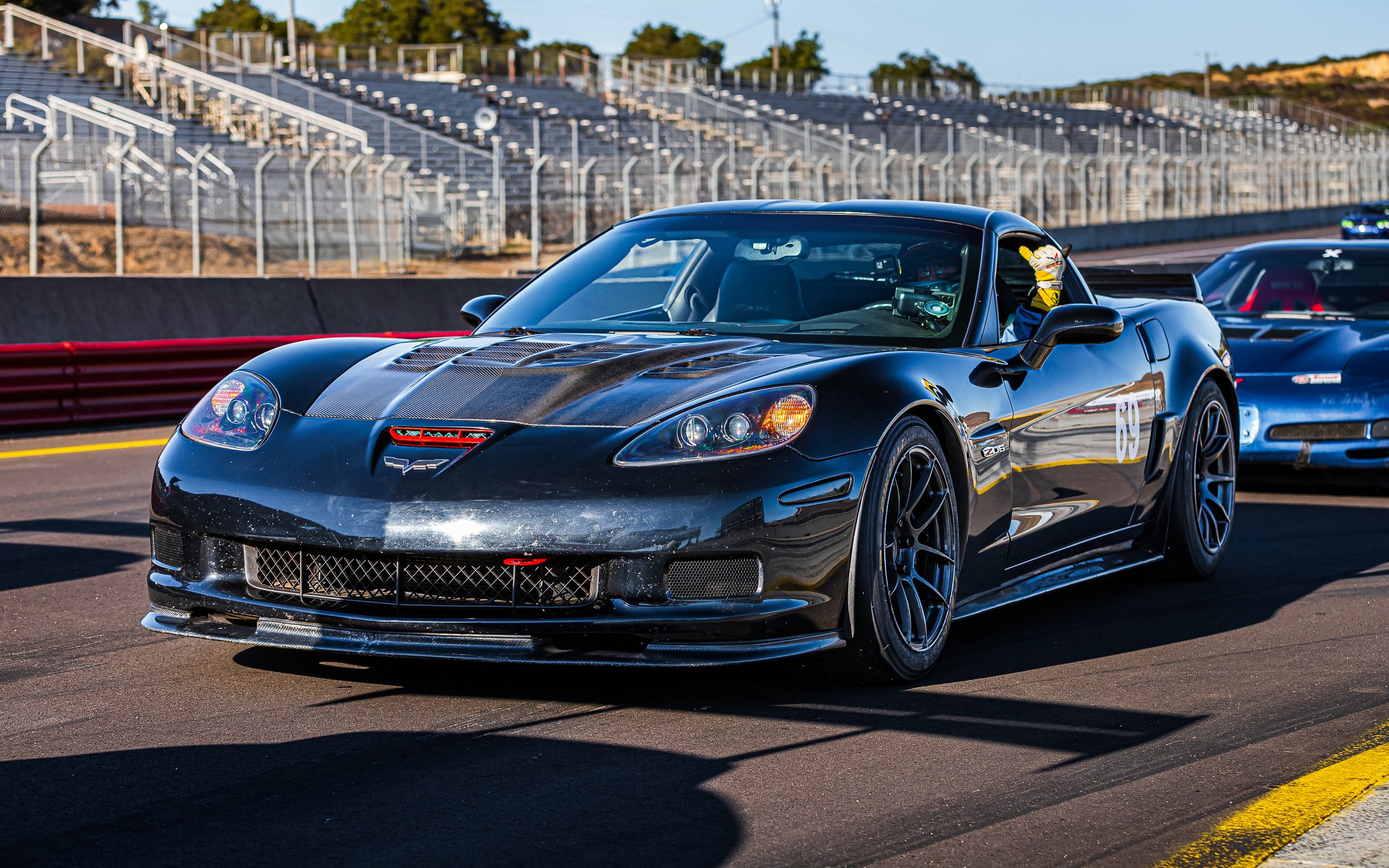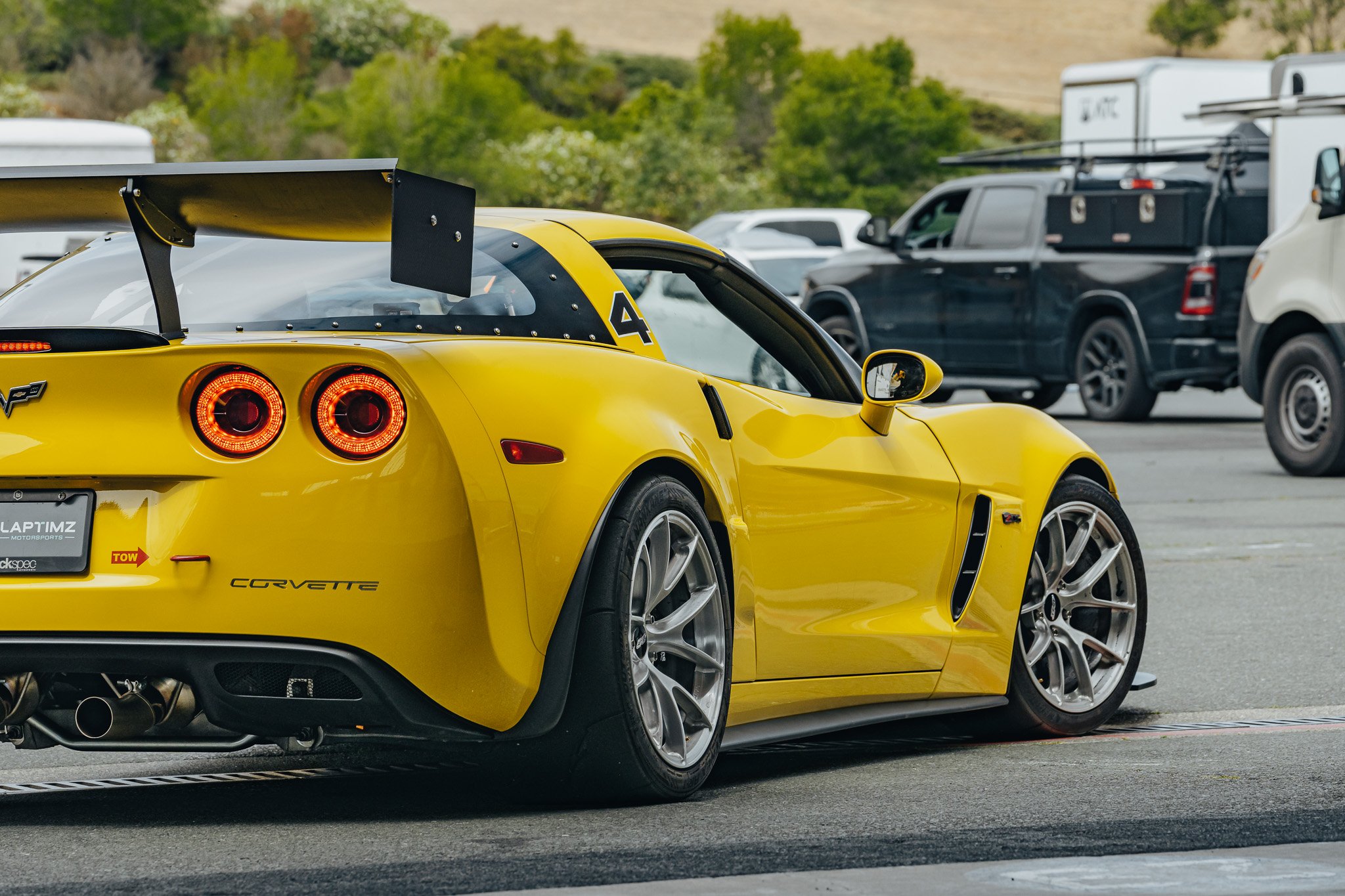
SpeedSF Blog
Every Build Has a Story – Meet the Cars of SpeedSF

Felix’s Corvette Z06: Easy Mode Alternative
Hoping to find something more exacting than his E90 without breaking the bank, Felix took a gamble on this Corvette Z06. As it turned out, the big Z needs little in modifications to go quickly, and if one can look past the consumable costs, it is one of the better driver’s cars around — his rapidly acquired skills are proof of that.

Bryan’s Foxbody: An Heirloom Worth Risking
After Bryan Rankin’s prefrontal cortex finally developed following his introduction to track driving on two wheels, he decided to hang up his helmet temporarily — as a commercial pilot, he already was taking plenty of risks. However, when this family heirloom Mustang found its way into his life a few years later, he decided to give track work another try. It’d be safer, anyways.

Marcus’ Datsun 510: In His Blood
Using all his know-how from his fabrication business, Marcus Fry took an aging Datsun 510, swapped a series of motors into it, and attached enough homebuilt aero to fly a small plane with. The result is a 2,500-pound, 600-horsepower monster capable of lapping Sonoma in 1:42.

Cody’s C6 Z06: Father-Son Duo Builds Best Of Both Worlds
Some claim a true street-track car can't be good at anything, but Cody Bulkley thinks otherwise. His background in FSAE and his current role with GM have given him special setup insight to help strike that elusive balance between race car and street car, which is reflected in the performance and versatility of this C6 Z06.

Justin's IS F: Rekindling An Old Romance
After a seventeen-year sabbatical from racing, Justin Munoz picked up a capable sedan that, over the last few years, has helped him fall back in love with motorsport.

Justin's Moore's Mustang GT: Practicality Pays Dividends
After a long, challenging relationship with a peanut-eye STI, Justin Moore decided to get in a more reliable car and take advantage of the great lapping days available to him. This ‘11 Mustang GT needed some work to get it into the S3 title contender it is now, but it hasn’t given him any reason to stay out of the seat.

Matt Paige's C6 Z06: The Track Rat’s Idea of a Hybrid
Rather than chase big power, Matt Paige made the necessary adjustments to this cost-no-object Corvette track car to make it reliable, approachable, and sexy.
